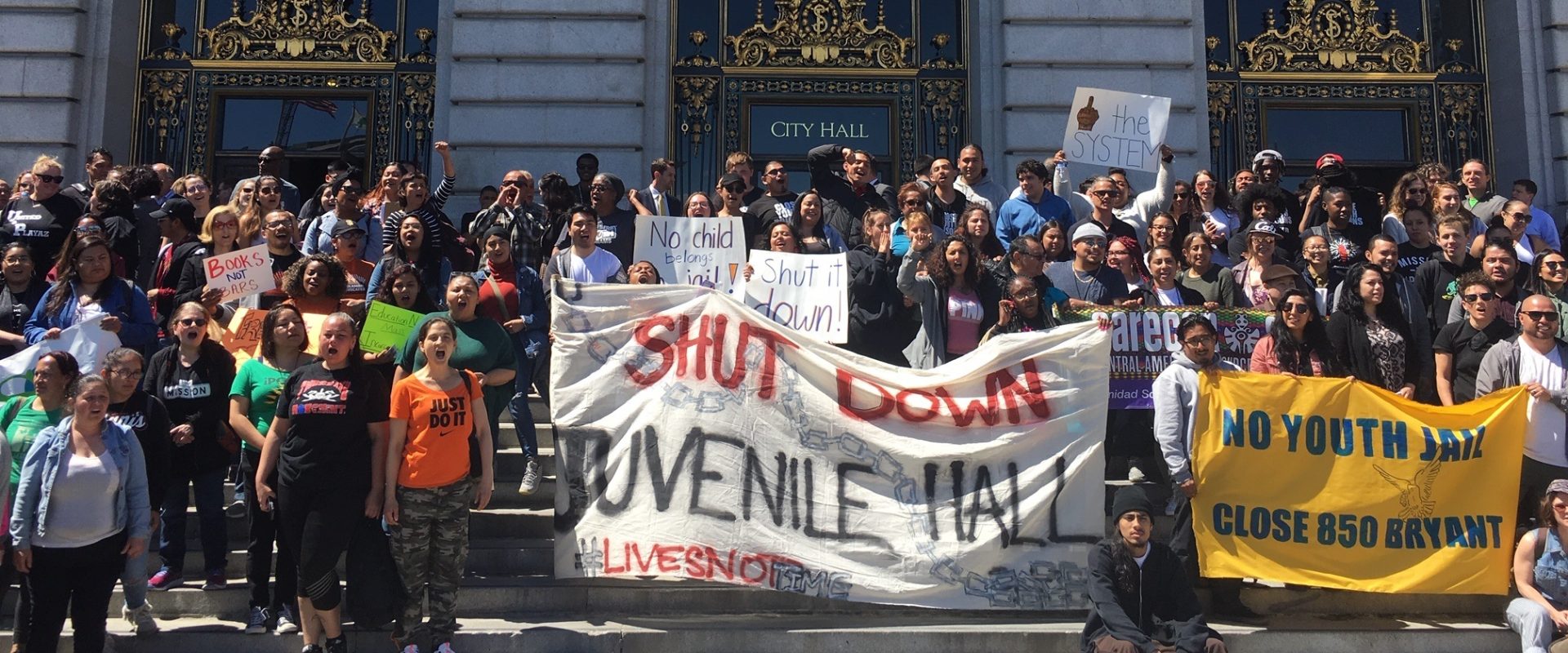I have been around long enough to remember the OJ Simpson trial and many other trials that fall under the category of what Samuel Walker calls “celebrated cases.” These are those rare cases that exceed normalcy, largely because of the nature of the offense (one recent example is the kidnapping of 11-year-old Jaycee Lee Dugard by Phillip Garrido who was held prisoner for 18 years) and often because of the celebrity status of those involved. Another thing many of these kinds of cases have in…
California’s ‘Second Chance’ Bill Offers Hope for LWOP Sentenced Youth Juvenile Justice Information Exchange, July 11, 2011
Thursday morning’s Farrell hearing did not reach a decision. The purpose of the hearing was to consider the Prison Law Office’s (plaintiff) motion to hold DJF (defendant) in contempt of court for the unconstitutional levels of care provided to youth at Ventura Youth Correctional Facility (VYCF). The allegations against DJF are strong, as cited in previous CJCJ blogs , and after continued failure to comply with the court orders, the Prison Law Office decided to pursue a more forceful…
The Department of Juvenile Facilities (DJF) has responded to the Prison Law Office’s allegations stating that Ventura Youth Correctional Facility (VYCF) is in fact providing adequate educational and therapeutic services and proper out-of-cell time to the youth detained in their facilities. The state agency’s explanation of remedies appears to be insufficient in order to create a therapeutic and rehabilitative environment for youth in their care and custody. This is the latest action from the…
Jul 3, 2011
Rethinking California’s ‘three-strikes’ law
Rethinking California’s ‘three-strikes’ law San Francisco Chronicle, July 3, 2011
